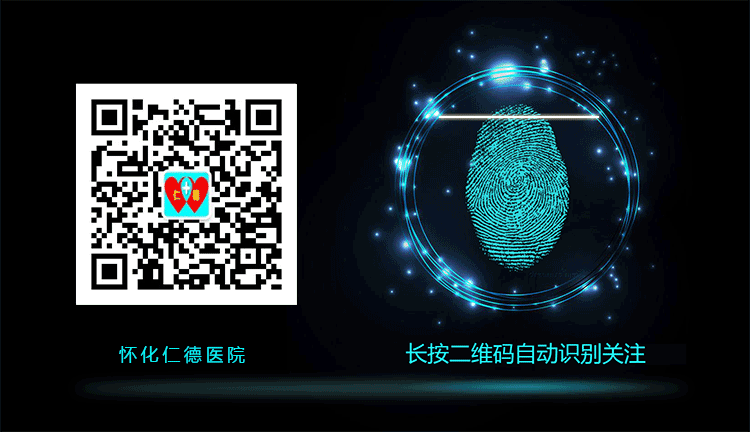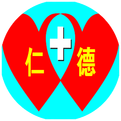
Cupping therapy (拔火罐) utilizes heat to expel air from the cup, creating negative pressure that allows the cup to adhere tightly to the treatment area, thereby producing therapeutic effects.
Effects of Cupping Therapy
1. Thermal Effect: The cupping method provides a warming effect on the local skin, and this thermal stimulation can promote localized blood circulation, helping to warm the meridians and dispel cold.
2. Negative Pressure Effect: During cupping, a small amount of blood enters the interstitial spaces, leading to self-regulation in the body that promotes qi (气) and blood (血) flow, relaxes muscles and tendons, reduces swelling and pain, and dispels wind and dampness.
3. Regulatory Effect: Cupping acts on the peripheral receptors of the nervous system, producing a histamine-like substance. Coupled with the thermal stimulation of the skin, it helps to balance yin and yang, gradually leading to recovery from illness.
4. Different Cupping Techniques, Different Effects: Moving cupping has effects similar to massage therapy and health scraping therapy. Meridian cupping can improve the function of various meridians, facilitating overall meridian function adjustment. For instance, medicinal cupping, under the effects of negative pressure and heat, accelerates blood circulation, allowing for greater absorption of medicinal properties, which vary based on the herbs used.
Who is Suitable for Cupping Therapy?
Cupping is most suitable for individuals suffering from conditions such as colds, diaphragm spasms, neurogenic vomiting, chronic gastritis, migraines, facial nerve paralysis, cervical spondylosis, shoulder periarthritis, acute lumbar sprains, sciatica, stiff neck, tennis elbow, gynecological disorders, menopausal syndrome, acute tonsillitis, neurodermatitis, children’s indigestion, pediatric diarrhea, and enuresis.
Although cupping is a simple traditional Chinese medicine treatment and health method, it is not suitable for everyone. Individuals with heart disease, blood disorders, skin injuries, tuberculosis, various infectious diseases, cancer, fractures, extreme weakness, pregnant women, women during menstruation, and those who are intoxicated should not use it. For more serious conditions, it is best to seek treatment at a proper hospital to avoid missing the optimal treatment window.
Individuals who are ill and experience extreme hunger, fullness, fatigue, thirst, high fever, severe edema, extreme nervousness, highly sensitive skin, skin damage, poor skin elasticity, severe skin diseases, tumors, hemophilia, active tuberculosis, menstruation, or pregnancy should avoid or use cupping with caution.
Additionally, individuals with insufficient qi (气) and blood (血) should not frequently undergo cupping. Those with both qi and blood deficiency may experience exacerbated deficiency after cupping due to the promotion of qi and blood flow. Therefore, those who often feel fatigued, frequently experience weakness, sweat profusely, or have a pale complexion should reduce the frequency of cupping.
Precautions for Cupping Therapy
1. The indoor temperature should be maintained above 25°C, avoiding wind.
2. The patient should be in a prone or supine position.
3. Choose different sizes of cups based on the body part being treated. Select an appropriate cup size based on the area being treated.
4. The cupping sequence is best from top to bottom, with smaller cups on top and larger cups below. The cupping areas and acupoints should generally be on areas with rich muscle, ample subcutaneous tissue, and less hair. Do not cup the same area until the marks from the previous cupping have faded.
5. For more serious conditions or prolonged illness, the cupping duration can be extended, and the suction can be stronger. If abnormal reactions occur during cupping, it should be stopped immediately, and the patient should rest in a supine position for 15 minutes.
Important Note: If symptoms such as pale complexion, cold sweat, dizziness, palpitations, or nausea occur during cupping, this indicates a fainting response. Cupping should be stopped immediately, and the patient should lie down, drink warm water or sugar water, and rest for a while, which usually leads to improvement. If the cupping is too tight or left on for too long, mild cases may result in small blisters, beads of blood, or localized itching. Avoid contact with water and do not burst the blisters; they will generally heal within a day or two. In severe cases, if there are large or numerous blisters, immediate medical attention is required.
Four Precautions After Cupping
1. Do not take a shower immediately after cupping.
2. Avoid alcohol before and after cupping.
3. Avoid vigorous exercise after cupping.
4. Keep warm after cupping to prevent cold from entering the body and worsening the condition.

Click the lower left corner “Read the original text” to learn about Huaihua Rende Hospital
↓↓↓

